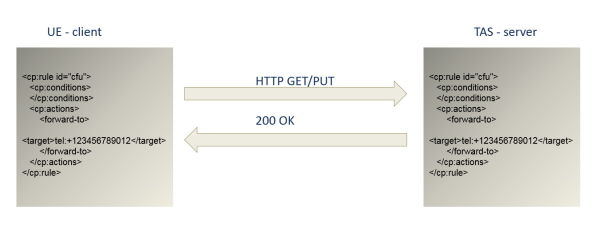Presence sharing is a very important functionality when it comes to Rich Communication. We know it from many communicators such as Skype, Google Hangout, Facebook, Jabber, etc. But maybe you noticed that each of these applications has a different set of statuses, allows to share a different type of hard-state data (e.g. avatar, idea of the the day, web link ..). Mobile operators require some more unified approach as a particular status should be interpreted in the same way in all the networks (‘busy’ should have the same meaning in T-Mobile, Vodafone, or any other network).
That’s why Open Mobile Alliance (OMA) standardized Presence sharing for RCS using SIMPLE – Session Initiation Protocol for Instant Messaging and Presence Leveraging Extensions (see http://technical.openmobilealliance.org/Technical/technical-information/release-program/historic-releases/presence-simple-v2-0). But that can be quite confusing, as the presence system is not simple at all. It is very complex and sometimes a bit difficult to grasp.
Let’s start from the beginning – what is the presence?

What is Presence?



